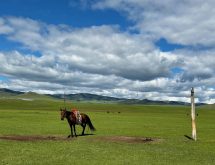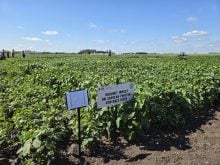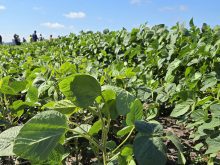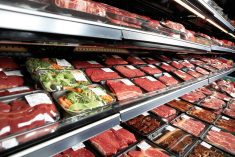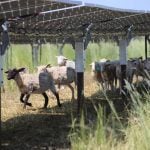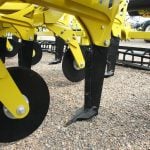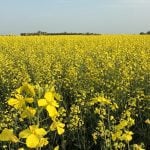Manitoba has become the leader in Canada’s farmland boom.
The keystone province registered a 5.9 percent increase in land values in the six-month period ending Dec. 31, 2009, according to the latest land survey by Farm Credit Canada.
That ranks it first among Canadian provinces, followed by Alberta at 3.8 percent, Saskatchewan at 3.4 percent and Ontario at 3.3 percent.
The overall increase in Canada was 3.6 percent, following a 2.9 percent rise in the first half of the year.
The increase in Manitoba marks the fifth straight reporting period in which land values in the province have increased by more than four percent.
Read Also
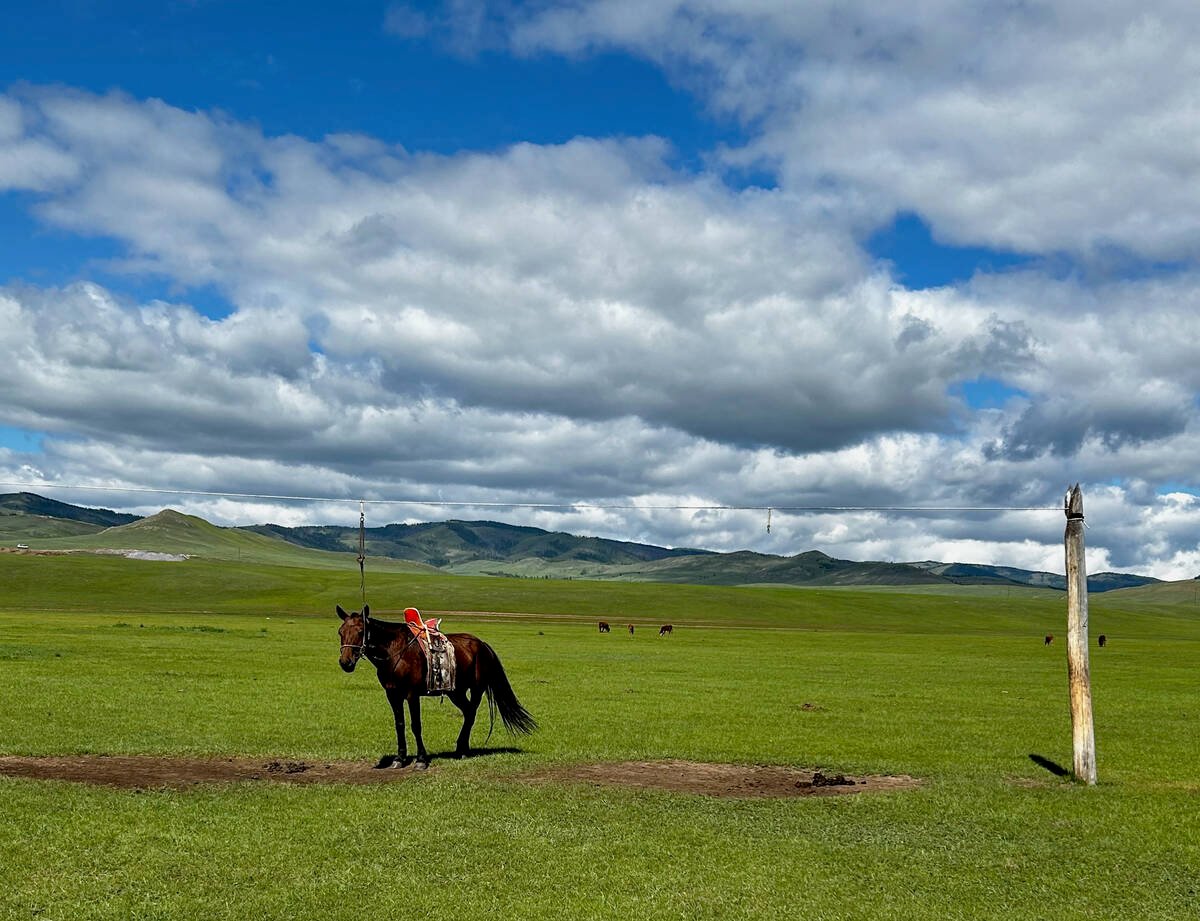
University of Saskatchewan experts helping ‘herders’ in Mongolia
The Canadian government and the University of Saskatchewan are part of a $10 million project trying to help Mongolian farmers modernize their practices.
FCC attributed the most recent increase to good commodity prices, strong demand and low interest rates last fall.
Rick Strott, an FCC appraiser based in Manitoba, said Manitoba is playing catch-up to the prairie provinces.
“I think in Saskatchewan and Alberta the boom hit quicker because of their oil economy, while in Manitoba we’re more of an agricultural economy,” he said.
“But we pulled off a big crop in 2009, prices were still pretty good and interest rates were low, and people saw land as a safer investment after coming through the market problems of just a year earlier.”
The main increase in land values came in areas dedicated to production of grain and special crops. There were no significant increases in land used for beef production or in the Interlake area.
Most of the sales involved family farms, with older producers cashing in on strong prices and younger producers looking to expand. Some land was bought by out-of-province or foreign buyers.
Overall, demand was strong.
“If there’s something to be sold, it will be purchased,” Strott said.
Here’s what happened in the other three western provinces:
- In Saskatchewan, low interest rates, investor demand, strong pulse crop prices and generally good yields combined to boost land values by 3.4 percent.
- Farmers are paying premium prices in areas suitable for pulse production, which reflects strong crop prices.
- Low interest rates have made buying land a lower-cost alternative to renting, which has contributed to strong demand. Investor groups and out-of-province buyers continue to view Saskatchewan land as a bargain.
- In Alberta, land values rose by 3.8 percent despite difficult growing and production conditions in many regions.
- Irrigated land showed strong increases, while dry land values remained constant.
- Speculation and urban sprawl are less of a factor than they were a few years go.
- Land values remained unchanged in British Columbia during the reporting period because of limited market activity. This was partly the result of a slowdown in forestry, oil and agri-tourism.
- Buyers are more cautious and sellers are reluctant to drop asking prices, slowing the pace of sales.
What’s it worth?
Here’s how Farm Credit Canada comes up with its land value figures.
- In 1985 it established a system of 245 benchmark properties to monitor changes in bare land values across the country.
- Those properties are appraised twice a year, in January and July. The selected parcels represent the most prevalent class of soil in each census district.
- FCC appraisers estimate market value using recent comparable sales. The sales must be arms-length transactions.
- The sales are reviewed, analyzed and adjusted to the benchmark properties.


